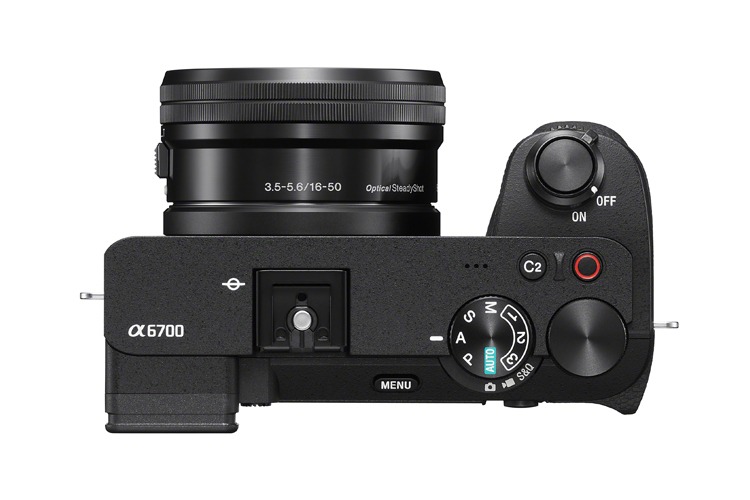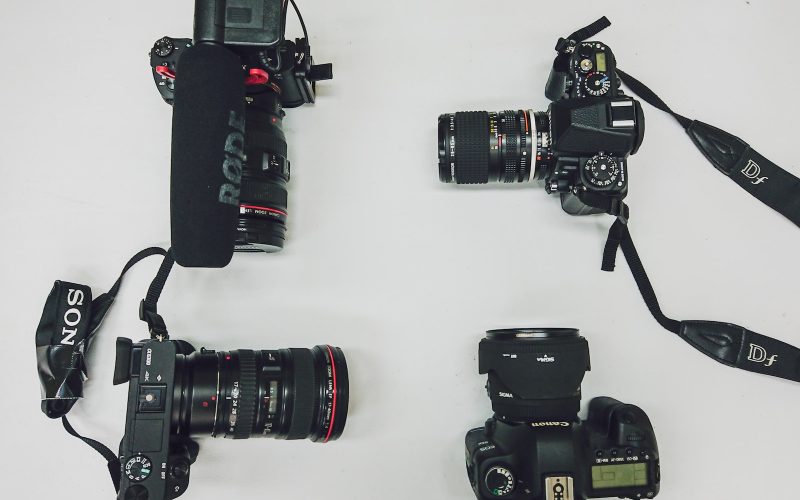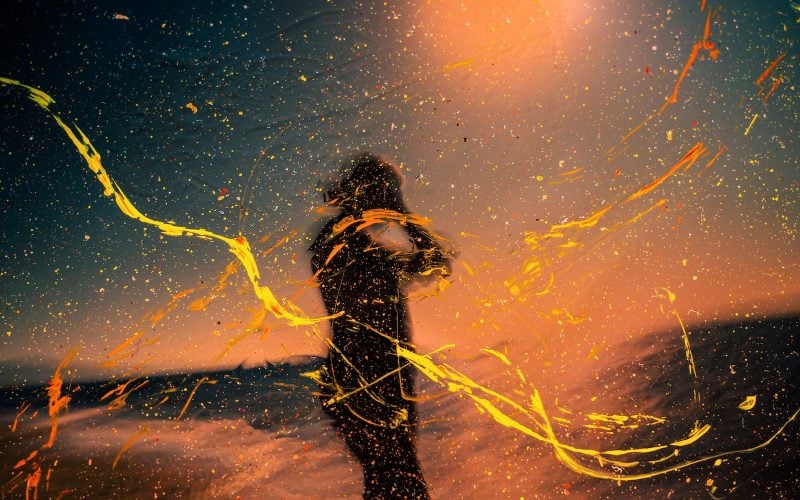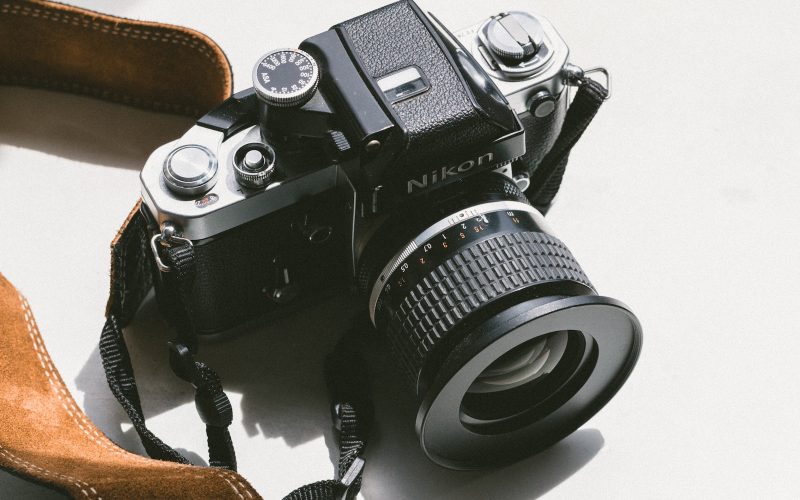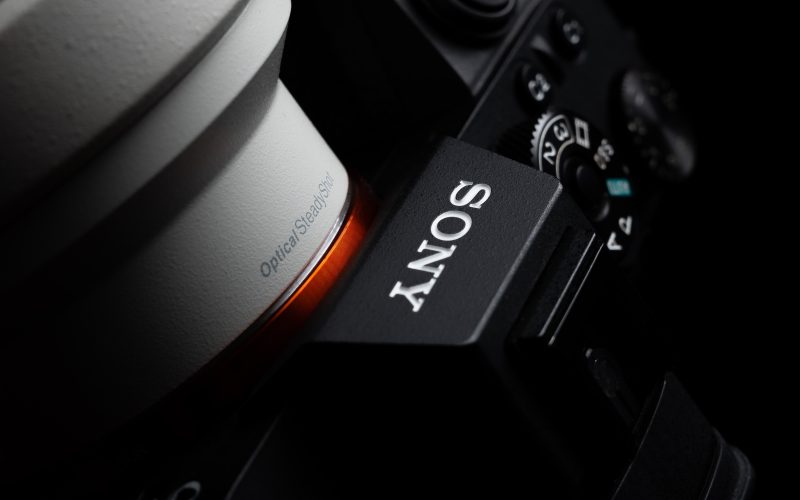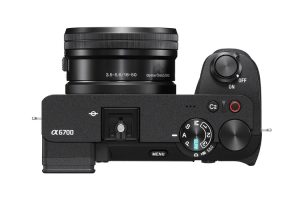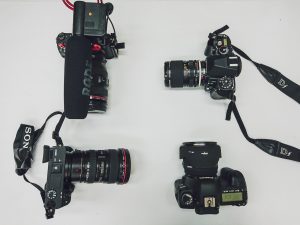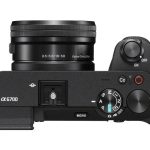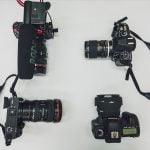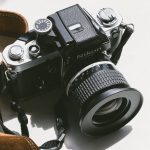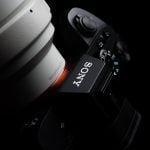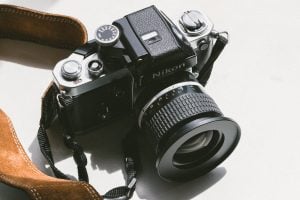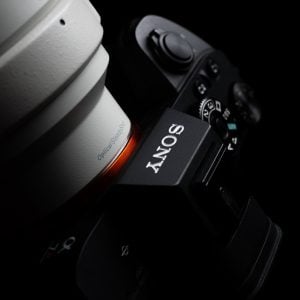Should you enter Photography Contests?
You must be wondering whether entering a photography competition as a beginner is worthwhile after all the negative stories circulating. You may have heard about hidden costs, prizes bestowed then withdrawn, and outright rejection from the start but not everything about photography contests is negative.
Like everything else, there are usually two sides of the story-the good and the bad. For example, significant events attract a lot of people and stakeholders. This means a larger probability of being shortlisted even as a beginner. The competition is relatively low since many slots are available. However, lots of contestants translates to lots of income for the organizers and stiff competition for the contestants.
Photography awards may seem to profiteer off beginners’ hopes, but there are a few advantages. You get to work with real judges. Photography Awards competition always attracts the best from the photography world. Entering these awards as a beginner will get your work to be scrutinized by honest judges with years of experience in the field. However, I hope that the said judges will go through every presentation. Mostly, organizers make an arbitrary selection and listing for the final veteran judges to see.
The second thing to consider is that you are a beginner, and some exposure might kickstart and catapult your photography career to greater heights. You will get a chance to meet the top cream, some of the best candidates the photography world has to offer, and learn from them. And the media is there to cover the whole event. Your work may just get featured! Now to the best part. You may win!
You may triumph over other contestants. Yes, you! Who said that beginner photographers could not showcase quality work? If you have done your homework properly-thorough research and satisfactory work, there’s always a high possibility that you might win. The decision lies in your hands. Weigh the pros and the cons and make the best decision for your photography career.
The Cameras used by the winners of photography competitions
Often, photographers get bogged down with what cameras they should be buying to up their photography game. Although your vision is far more important than your gear, you still need a certain level of equipment to take your best photos.
We decided to do some research on the cameras used by some of the best photographers in the world. The level of talent that shines through competitions like the World press photo is astonishing. The quality of photography is a notch above what you see on a regular basis.
We thought it would be interesting see what gear the participants were using. To keep it simple, we will only focus on the cameras used and try to see if we notice a correlation between camera specs and the results they produce. Do megapixels really matter? What about sensor size? Is there a trend towards lighter mirrorless cameras or do DSLR’s still rule? To get all the camera specs, we headed over to the Pixel Magazine Camera Details to quickly find all the info we needed. We are going to look at the most commonly used cameras in the past 3 years. Camera tech has come a long way and it is moving very fast so a look at the more recent samples will be more insightful.
The first thing we noticed is that Canon and Nikon still have a majority user base among these photographers. We were expecting mirrorless cameras to have taken over at this point but this is not the case. Canon DSLRs are still top of the chart with a roughly 40% usage with Nikon coming in around 25% with their DSLR cameras. The closest mirrorless company is Sony with a 20% share. This is a surprise because you can get very similar specifications on a mirrorless camera compared to a traditional DSLR in a much smaller size. Case in point the Canon 90d vs Sony A6400 cameras. Both cameras are APSC sensors and provide a similar set of features yet the size difference is quite large. The Canon 90D is almost twice the size and weight of the Sony A6400.
What is interesting is that photographers seem to just update their cameras when new generation of the same camera gets released. What used to be the Canon 60D, 70D is now the Canon 90D. The Canon 1DX mark 3 has replaced the second and first generation 1DX cameras. The photographers who were using the Nikon D3 have moved on to the D4 and D5. Same thing can be said on the mirrorless side of things. The A7R which used to be a frequent entry is slowly replaced by the A7R2/3/4 over the years. This tells us that photographers rarely change systems but rather just upgrade their cameras with the same series.
We were also somewhat surprised by the utter lack of fixed lens cameras. All the cameras we saw were Interchangeable lens cameras. Cameras with Micro 4/3 and one inch sensors like the Sony RX1/RX100 series and Panasonic LX100 series were nowhere to be found even though they are much better than your average point and shoot camera. Professional photographers are very sensitive to sensor size and full frame is really where it is at.
We think this is because photographers just get used to a workflow. They have their favourite lenses and cameras and know exactly how to use the layout of the buttons and navigate the menus. It is difficult to change a camera system if you do not see a major benefit in doing so. The other reason could be that the traditional camera companies like Nikon and Canon have a great “professional” program where they will support photographers and provide replacements for broken gear if you need it. Other companies like Pentax, Fujifilm, Panasonic and Olympus are not quite up to par with their competitiors when it comes to professional support. Even Leica, a company with a long history in the camera industry is not used as often as you would imagine.
The one thing that is clear is that Full Frame sensors are preferred and account for 92% of the cameras. Moreover, greater than 20 megapixels seem to be the minimum requirement. All but one photographer used a camera above that resolution. If and when the industry moves completely to mirrorless, we still expect to see this pattern of full frame cameras and at least 20 megapixels. Sony’s recent announcement of shutting down the A mount is one step closer to a future without DSLRs and a complete move to mirrorless cameras for most types of photography. It will be interesting to revisit this topic in a few years and see if our prediction holds up.
